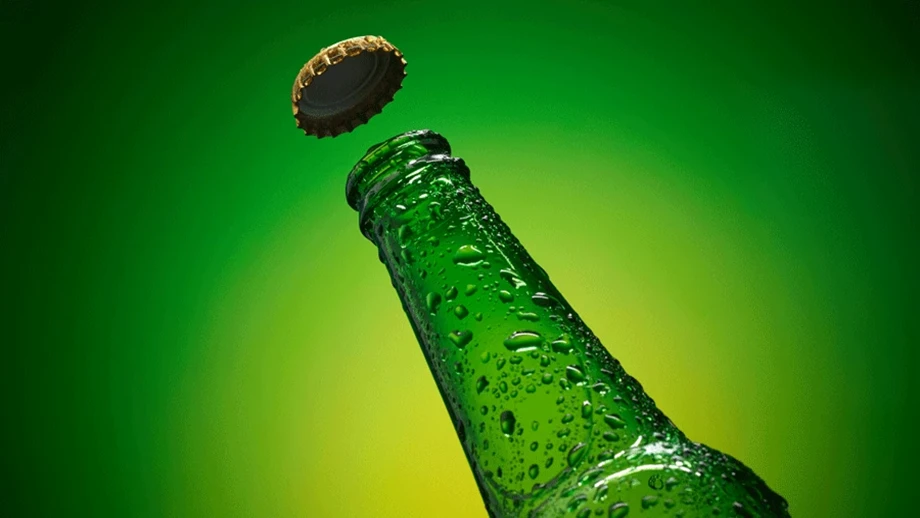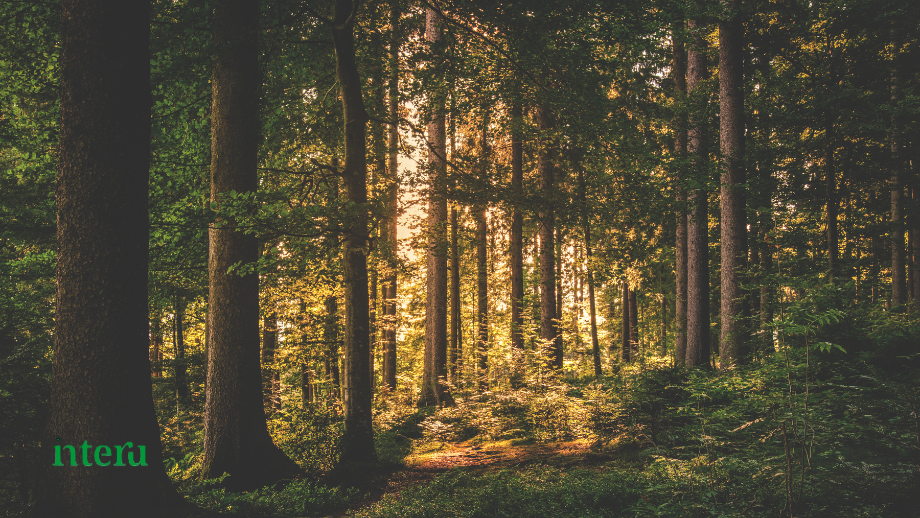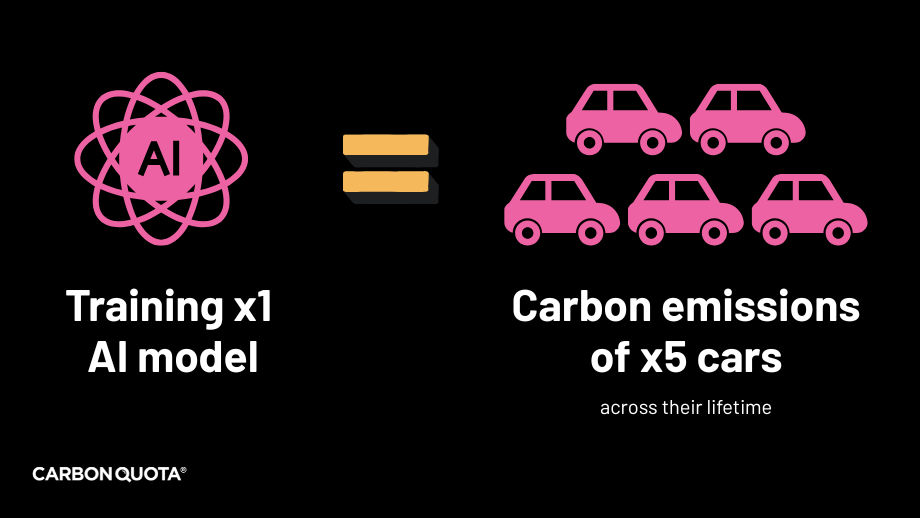Brands are seeking the perfect solution
Brands are seeking the perfect solution to package drinks and liquids but it might not exist… yet.
By Nathan Tiller

Would you drink beer out of a paper bottle?
Would you drink beer out of a paper bottle? Last summer Carlsberg tested the concept at festivals in eight markets, including the UK. The experience was “peculiar”, according to initial reports from the brewer, because people were drinking cold beer from a container that didn’t feel cold in their hands.
The idea of putting liquids into paper bottles is hot right now. Diageo, PepsiCo, Carlsberg, Coca-Cola, Unilever and Pernod Ricard are all involved in the race to roll out the first containers at scale. Trials are underway and promises are being made – PepsiCo is going to “disrupt the industry” with its bottle – but there is a long way to go.
Quality, functionality and consumer experience must all be factored in – and so too sustainability, of course. There is no quick fix or straightforward decision so companies have to be wise to the nuance when considering whether to go for paper, plastic, glass or aluminium. Each material has its pros and its cons.
Aluminium for example is infinitely recyclable and recycling rates are over 80% in the UK. However, the cans require a plastic liner and there is little data on how much of the aluminium being recycled ends up back in cans (as ‘recycled content’).
Glass is seen as natural and again widely recycled but its green credentials have melted away of late given its high carbon footprint: past life cycle assessments (LCAs) generally show that single-use glass has the highest associated greenhouse gas emissions compared with other beverage options such as aluminium cans, PET bottles, HDPE bottles and multilayer cartons, according to research for Zero Waste Europe. Decarbonising the packaging production process is also unlikely to see it outperform the alternatives.
Carbon cuts
Work is underway across the other materials to decarbonise further, with carbon footprints now synonymous with new packaging announcements. Lightweighting, use of renewable energy during processing, and integration of more recycled content or more bio-based materials are all driving carbon down. Glass and plastic bottles are becoming thinner; so too are the liners that often sit inside the paper options.
Carlsberg is looking to more than halve the footprint of its paper bottle, for example. Per hectolitre, its fibre bottle currently has a footprint of 50kg CO2e – far lower than single-use glass (75kg CO2e) but higher than an aluminium can (24kg CO2e). However, scaling up and powering production with wind could see the footprint fall to 22kg CO2e. Minimising the PEF plastic barrier (which is needed to stop the bottle from turning to mush) could cut it further to 11kg CO2e, which is similar to a refillable glass bottle used 15 times (12kg CO2e). Whether that means single-use could beat reuse is debatable.
Deciding the ‘best’ option can indeed be a fool’s errand. Brands switching from HDPE bottles for milk to cartons boast of lowering their emissions, despite the former having higher recycling rates and decent levels of recycled content. Waitrose, meanwhile, has switched from glass to aluminium for part of its portfolio of wines. Are these marketing manoeuvres, or truly sustainability solutions?
Without conducting my own life cycle assessment I can’t tell. What I can say is that if you ask me ‘What is the optimum material for packaging a liquid?’, my answer would be: it depends.
Take those Carlsberg figures for the paper bottle with the lowest carbon footprint: they assume a 90% recycling rate for the bottles – which is extremely ambitious. Whether they can actually be recycled is also unclear (see my first article in this series). So could that make the PET or the glass a better option if we re-run the assessment? Maybe. Maybe not.
Recyclable isn’t synonymous with low carbon. Research by McKinsey in Sweden showed how a pouch (difficult to recycle in closed loops) can carry 5% more liquid than an HDPE plastic bottle (which is readily recycled in closed loops); the pouch is also 76% lighter and 8% cheaper. A pouch seems a sensible, sustainable bet. Lightweighting and switches to plastic have seen tonnages of packaging waste drop but in some cases, this has been at the expense of recycling rates and circular thinking.
There is no global alignment on how to measure sustainability across these elements, so companies have to find their own way. And they’re going around in circles.
With the attention on plastic and in turn recyclability, brands began switching away from plastic (including those pouches) to alternatives and, in doing so, have seen their emissions climb. Now they are reflecting on those choices through a net-zero lens and the goalposts are changing again.
Packaging can account for a decent chunk of a drinks manufacturer’s overall footprint (at PepsiCo it’s 26% of overall emissions for example) so the carbon count on any material choice matters. Is a material that’s low carbon but hard to recycle ‘better’ than one with a higher footprint that can be recycled in closed loops? So a pouch beats a plastic bottle, which beats a glass bottle.
It’s rarely that simple. Spin that around and look at if from a position of recyclability and the ‘winner’ will be different. And it can change again if there are high levels of recycled content.
“Successfully addressing the new recyclability and waste challenges is likely to stretch the capabilities of [companies’] current tools and strategies,” McKinsey noted. “Consequently, FMCG companies and retailers will require much closer collaboration with upstream players, packaging converters, and recyclers to successfully deal with these new challenges. One key area is the need to build infrastructure to manage increased recycling by employing more closed systems (that is, bottle-to-bottle recycling to avoid downcycling).”
Getting you to Net-Zero quicker with real science
We’re here to help you achieve your Net-Zero ambitions
Climate v recycling
That isn’t where the complexities end, though. Now look at what consumers perceive as the ‘greenest’ option and the hierarchy could well change again.
“[…] consumers are concerned, but they remain confused about what sustainable packaging means,” noted McKinsey in a paper True Packaging Sustainability: Understanding the Performance Trade-offs.
The consultants used drinks containers to illustrate how consumer perceptions of recycling don’t always align with the actual carbon impact of packaging. Consider aluminium cans, which boast higher recycling rates globally (65-75%) than PET (40-50%) or glass (40-50%) bottles. However, the carbon impact of a PET bottle is about half that of an aluminium can and less than a fifth of a glass bottle; and yet glass is seen as among the most sustainable options in consumer polling.
It’s easy to end up going around in circles, but facing the facts head-on and highlighting to consumers where you have made trade-offs is a great place to start. And be honest: any choice you make will have an impact.



